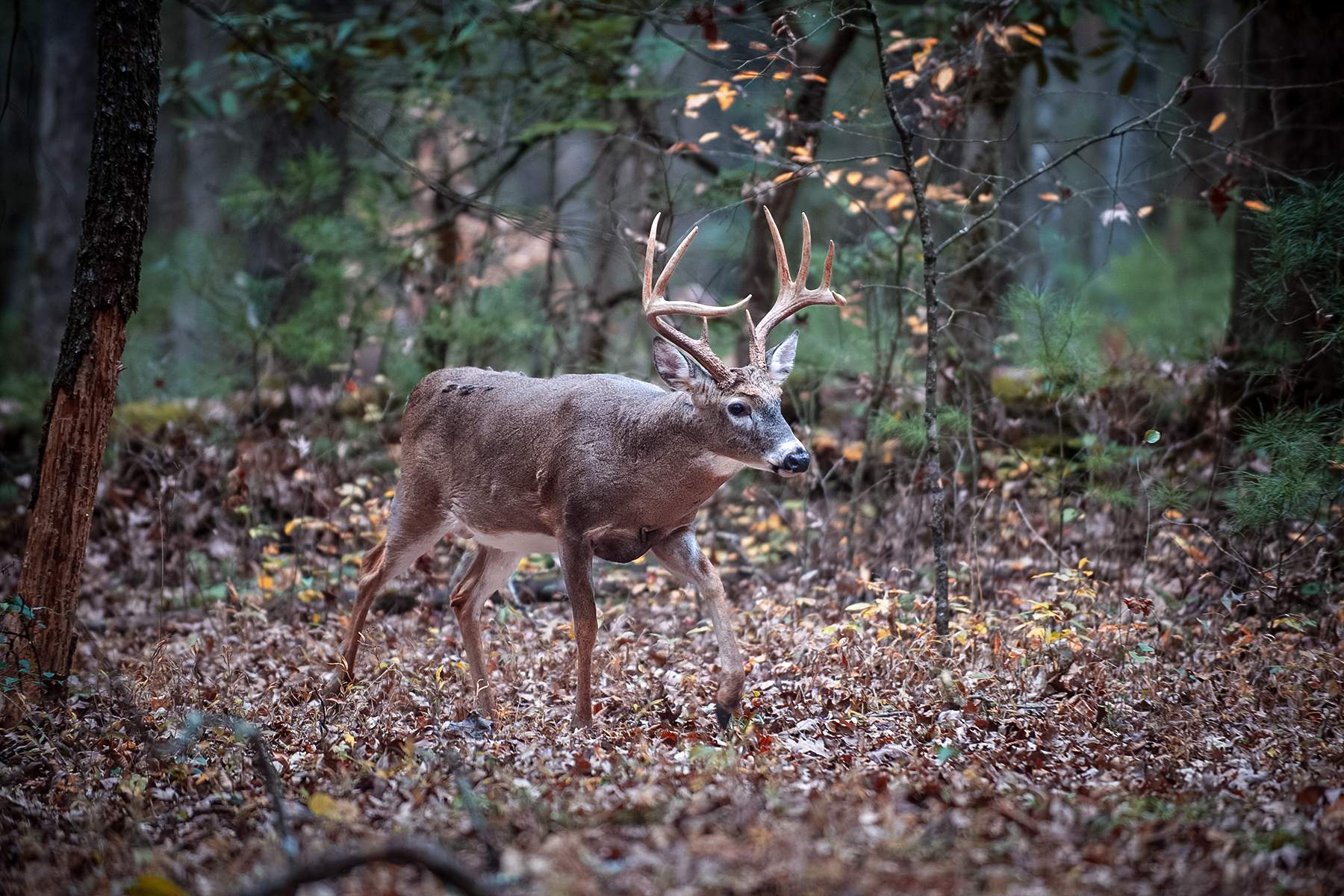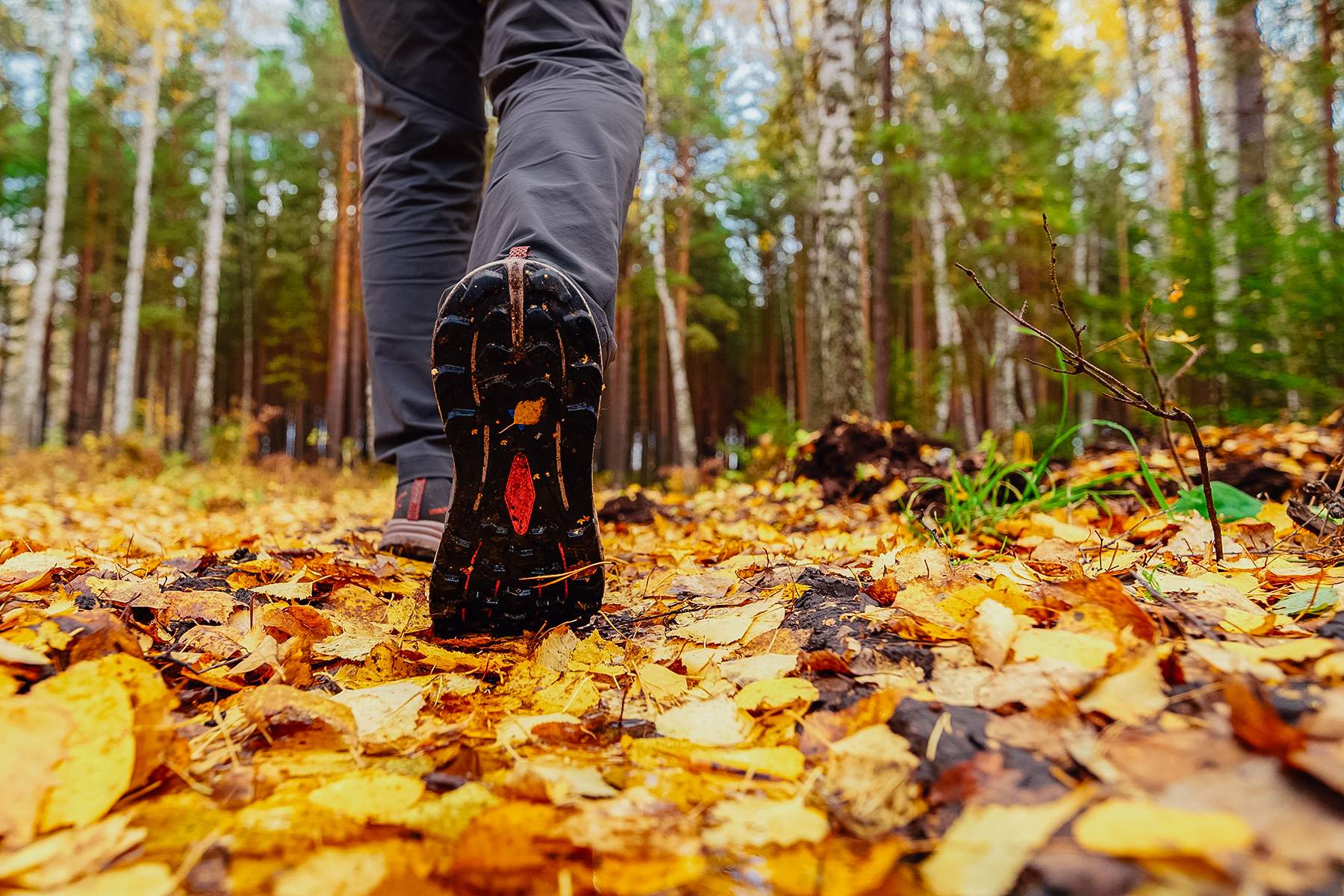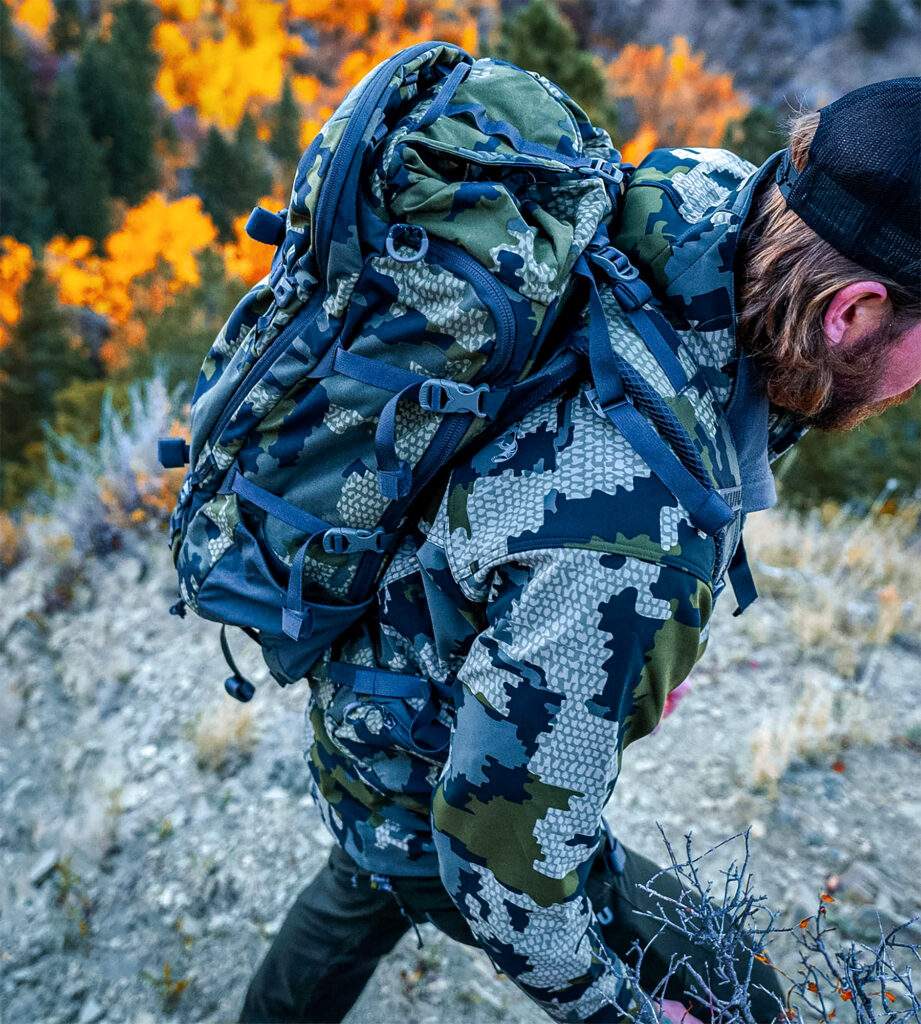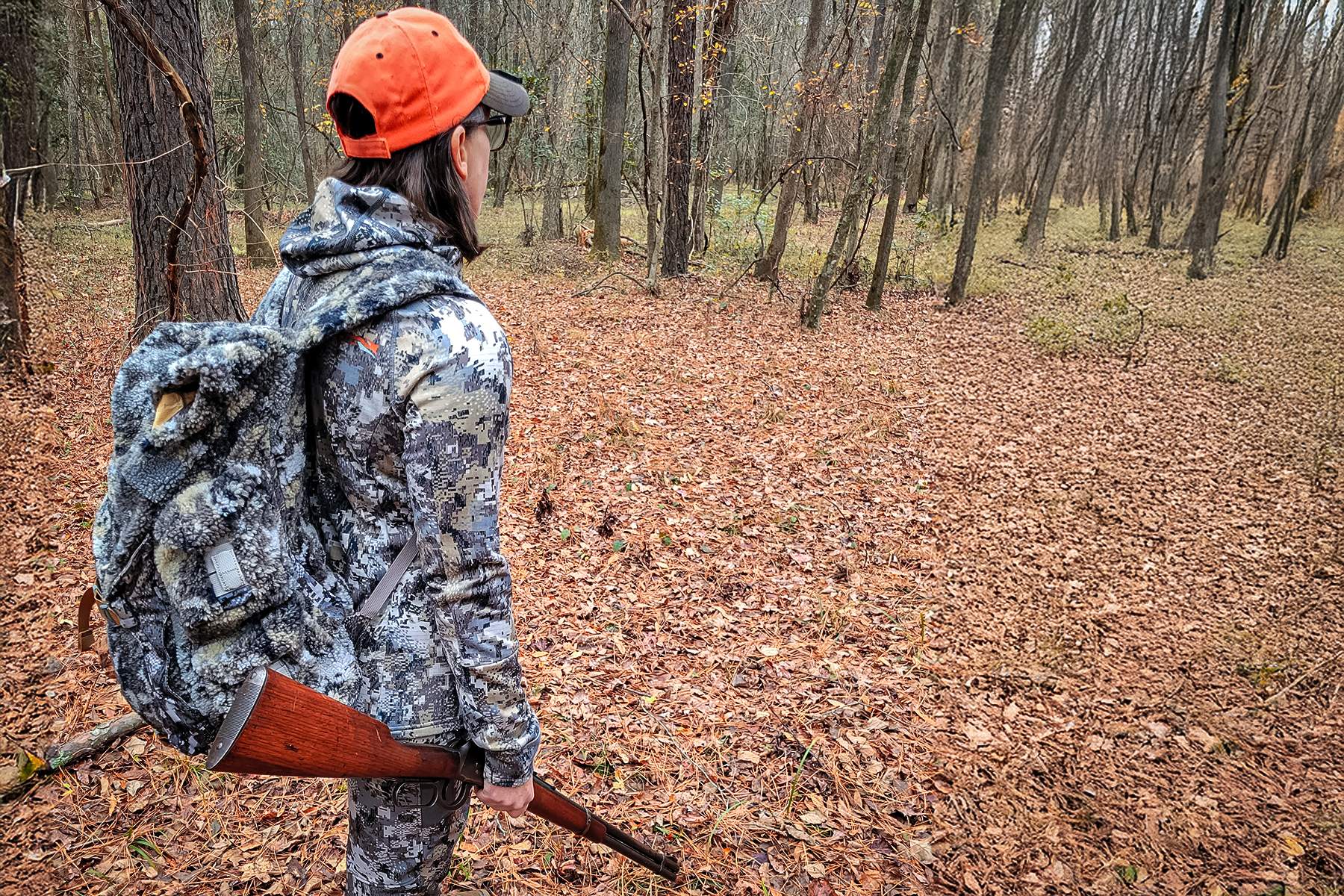On a recent Idaho elk hunt, my guide gave me what might be the best compliment I’ve heard in years. He said, “You might be the quietest hunter I’ve ever guided.”
I wore that compliment like a little kid with a gold star stuck on her camo shirt.
I paid my dues and got here the hard way. I spent a good chunk of my childhood getting cussed at for making too much noise in the woods. I can still hear my dad in a half-growl, half-whisper, with real heat flashing behind his eyes, fussing over every snapped stick, scuffed boot, and snotty-nosed sniffle.
But somewhere between the expletives and the threats to leave me at home, I learned the art of moving quietly. There’s definitely some childhood trauma tangled up in those lessons, but at least I know how to move through the woods without spooking everything that lives there.

It’s a skill that saves hunts, especially in late season when the ground is icy, leaves brittle, and air still enough to carry sound into the next county.
Every step matters. But with some awareness and a little bit of practice, you can learn to move like a deer: slow, deliberate, and quiet enough to slip into shooting range of animals that would normally hear you coming a mile away.
Take a Walk in the Woods
Unlike 10-year-old me (and most other humans) who plowed through the woods like a freight train, deer don’t stomp, shuffle, or march through the woods in rhythmic left-right-left-right beats. They take light, deliberate steps with plenty of pauses to break up the rhythm of their gait.
Humans are already at a stealth disadvantage. Our feet are built differently. Add clunky hunting boots to the equation, and it only gets worse. But you can get closer to how a deer moves by changing your stride.

Place your weight gently, rolling toe-to-heel or along the outside edge of your foot, feeling for twigs and leaves before committing your weight.
And don’t forget the other noises we make. A cough, a sniffle, even whispering carries in the woods. Deer can forgive a footfall or a branch snapping. The woods are full of sounds like that. But human sounds like throat-clears are dead giveaways.
So, don’t do it. Keep tissues handy, or just use your sleeve. Stifle coughs when you can’t prevent them. I keep some hard candy in my pocket for those random throat tickles. It’s saved a hunt more times than I can count.
Look Before You Move

Deer brains don’t work like ours. They process visual information so fast that our normal movement looks like slow motion to them. That survival skill helps them catch the movement of predators before they end up on the menu.
Hunters need to learn that moving through the woods isn’t just about using your feet. It’s also about using your eyes. You should be constantly scanning, watching for the tiniest flicker of an ear or tail or the lateral movement of a deer’s body slipping through trees.
Check ridges and tree lines and the little dips in terrain. Pause before stepping into a clearing to see if it’s already occupied.
And when you do move, use slow, deliberate steps. Pause often to read the landscape. See if you can match the rhythm of the deer, the way it steps, stops, and listens, before it moves again. Move like that and you aren’t just strolling through the woods. You’re moving like the animals that live there.
Check Your Gear

Even if you’ve learned to creep through the trees like a ninja, noisy gear is going to give you away. Scratchy fabrics, loose straps, and jangly zippers will act like a fire alarm no matter how softly your boots hit the leaves.
Hunting clothes aren’t just about picking the right camo pattern. You want soft fabrics like wool, fleece, or worn-in synthetics that move with your body and don’t swish when you move your arms or take a step.
Don’t forget your straps, snaps, and drawstrings. They’re often the noisiest part of your kit. If you can't secure it, tape it down — camo duct tape is a thing and gaffers tape is strong and easy to remove without leaving adhesive residue on your gear.
Velcro is the devil. Leave it home if you can. Leave it strapped if you can’t.

Boots matter, too. A squeaky sole can ruin the efforts of even the quietest hunter.
And don’t overlook your pack and rifle sling. Every dangling strap and clanking buckle is a potential tip-off. Tuck what you can and secure the rest. The goal is a setup where your feet are the only things making noise as you move through the woods.
Mind the Wind
Even hunters who move like smoke get played by the wind. A deer may forgive the crunch of a leaf or the whisper of nylon, but it's unlikely to ignore human scent, even when you try to mask it using well-marketed scent control and cover scent products. Deer noses are built for survival, and they can catch your smell from up to half a mile away.
Always check wind direction and treat it like gospel. Approach clearings and bedding areas from downwind or crosswind, even if it means taking the long way around. I’ve walked an extra half-mile plenty of times just to keep my scent line clean. It’s worth it.

You’re never going to out-sneak a deer’s nose, no matter how hard you try. But you can use the wind to your advantage. Keep a wind checker in your pocket and use it often. Never trust the forecast. The wind is a fickle thing. It can and will change on a dime.
Practice Like a Kid
For most of us modern humans, quiet movement isn’t something that comes easy. It’s a learned skill, and the best way to learn (outside of getting regularly cussed at by your dad) is to practice. You don’t need to be toting a bow or a rifle to get better at stalking. You just need to be outside and paying attention.
I practiced constantly as a kid. Partly because I wanted to prevent paternal tongue lashings. But mostly because I wanted to be a better hunter.
I took up sneaking around the yard to see how close I could get to my dad while he did dad things. He was really good at spotting me (he was trained for the woods, too), but every now and then I surprised him. That was better than any gold star.
Those early lessons stuck with me. I still move through the woods slow, quiet, and deliberate. It’s practically second nature now. Part hunting technique. Part meditation. When you start paying attention to how your body moves through the woods, it’s easy to feel a whole lot less like a visitor and a lot more like something that belongs there.



